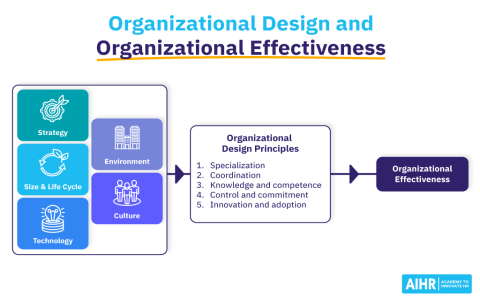So last Tuesday I woke up thinking, “Man, I finally nailed down this whole design thinking thing.” Felt good. Real good. Client meeting at 10 AM for a simple assembly bracket – small metal plates plus spacers, nothing fancy. Client kept stressing “easy assembly” and “cheap to make,” y’know? Basic stuff. My brain went: PERFECT for true position callouts! Lets me loosen other tolerances, save ’em money. Clickity-clack I threw those GD&T symbols all over the drawing like confetti. Added “TRUE POSITION” to almost every hole and location. Felt smug walking into that meeting.
Got the first prototypes Thursday. Sweet! Took ’em to the shop floor myself. Grabbed the plates, the spacers, tried to put ’em together… and almost threw them across the room. Didn’t. Fit. At. All. Like, forcing metal parts is never a good sign. My foreman, Jim – been machining since I was in diapers – just leaned against the bench, chewing his toothpick, giving me that “oh boy, here we go again” look. “Boss,” he says, calm as ever, “This true position stuff… it’s kicking our butt. Machine’s crying trying to hit these numbers, scrap piling up.” My grand plan was turning into a pile of expensive mistakes.

Back to my desk, felt like a total idiot. What went wrong? Why did true position suddenly suck?
- Overkill Central: Slapped “TRUE POSITION” on holes that just needed bolts through ’em! Not critical alignment stuff. Absolutely unnecessary precision. Like using a sledgehammer to crack a nut.
- Function? What Function?: Forgot the golden rule: Tolerance only what matters! The spacers? Needed tight position relative to each other to align the whole thing properly. The holes for the bolts holding it to the wall? Who cares exactly where they are, as long as the bolt fits through! Big waste to tolerance those tight.
- Manufacturing Nightmare: Because it was slapped everywhere, the machines had to hit crazy precision on features that really didn’t need it. Costs went up, not down. My cost-saving measure blew the budget.
Took a deep breath (maybe two) and started over. This time, with Jim looking over my shoulder grunting advice:
- Pointed at the critical spots: Only used “TRUE POSITION” on the holes where the spacers actually connect and need precise alignment between those two plates. That alignment was key for the bracket to work right. Marked just those few holes.
- Loosened up everything else: For the bolt holes? Standard size holes with basic tolerances. Boom. Easy. Cheap. For non-critical locations? Regular tolerances, loose as the client’s “cheap to make” demand. Why tighten what doesn’t matter?
- Talked it out loud: Literally asked myself: “Does this hole NEED this kind of pinpoint location for the damn thing to work or be put together? Or is a bolt just passing through?” If the bolt isn’t locking critical alignment, skip the fancy TP symbol. Simple.
Sent the revised drawings out Friday afternoon. New parts made Monday morning. Went down to the shop. Held my breath. Jim picks up the parts, snaps ’em together with one hand like Lego. Gave me a nod. That felt better than any coffee ever has. The machine guys stopped cursing my name (for that week, at least).
So yeah, learned the hard way: True Position is a powerful tool, but like any tool, use it wrong and you wreck the project. It’s not a magic “make it precise” sticker. Use it ONLY when the specific alignment between features is absolutely critical for function or assembly. If it’s just a mounting hole or clearance? Stick to the basics. Save your sanity, your budget, and your relationship with the shop floor crew. Trust me, Jim appreciates it.
